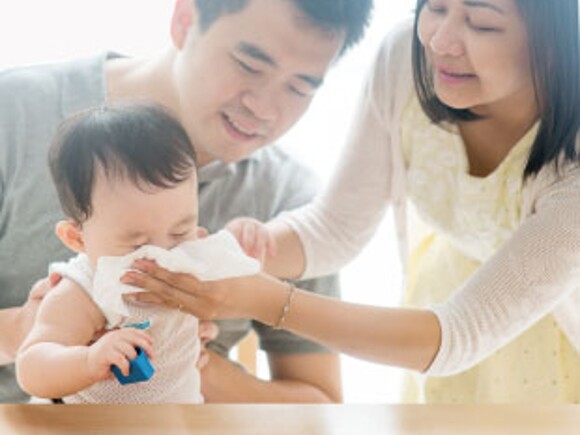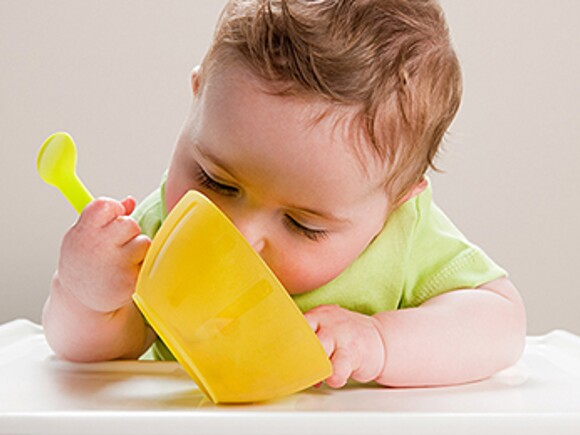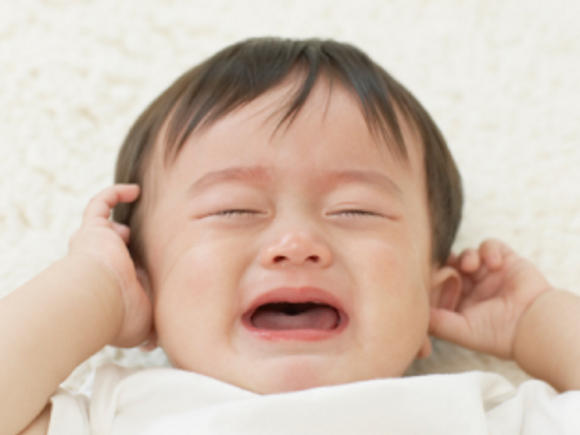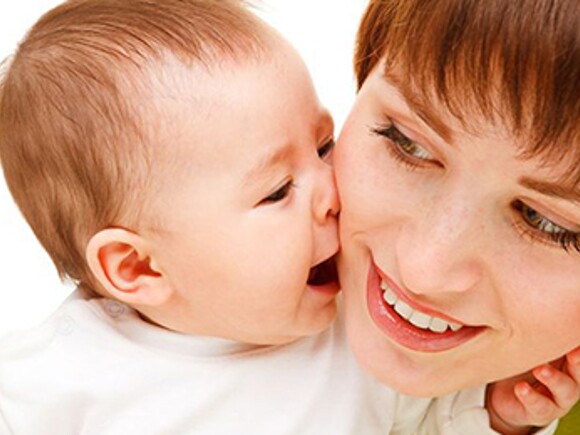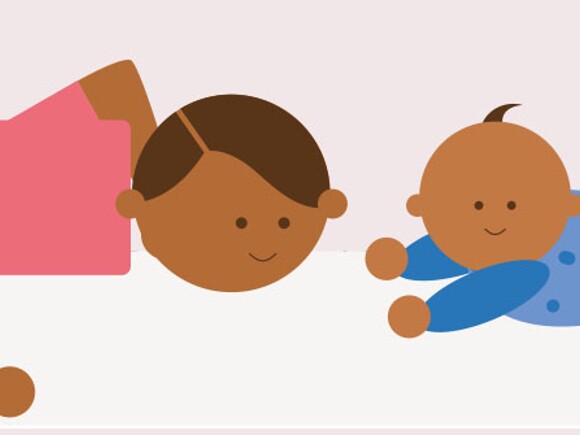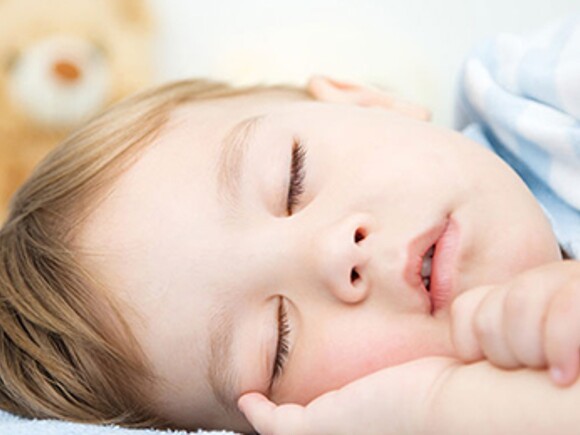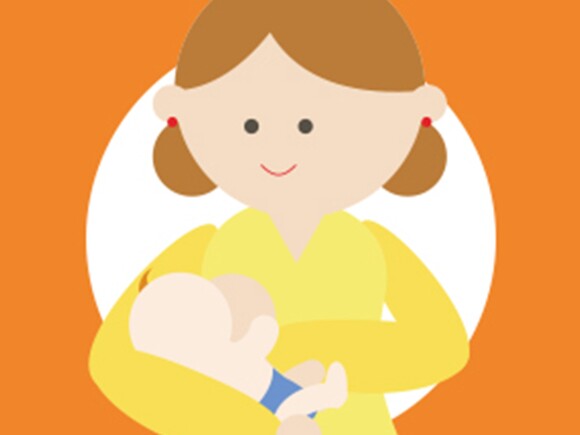Substances that cause allergic reactions – such as specific foods, dust, pollen or medicines – are known as allergens. Depending on where the allergen enters the body, a child may experience symptoms such as:
- inflammation (redness and swelling)
- hay fever (allergic rhinitis/conjunctivitis)
- eczema, hives (urticaria)
- asthma
- stomach or bowel problems
For example, a child’s allergy to cow’s milk may cause eczema, asthma, colic and stomach upset. The inability to digest lactose (milk sugar), however, is an intolerance and must not be confused with allergies.
Did you know?
In Singapore, allergies like atopic dermatitis (eczema) now affect around 1 in 5 children.
What are common food allergens in Singapore?
SHELLFISH: This is the most common food allergen. Shellfish allergy continues into adulthood and is the most common cause of food anaphylaxis in adults.
EGG: This is caused by an allergic reaction to egg protein, mostly in the egg white but sometimes also in the yolk. Most reactions to egg are mild.
PEANUTS: According to local hospital records, nearly a third of hospitalization admissions for food allergies are associated with peanuts.
BIRD’S NEST: Allergy to bird’s nest is unique to Singapore. This is likely due to the high consumption of this Chinese delicacy.
Who are at risk?
Allergies are usually hereditary, though kids have a 5-15% risk of developing allergies even without familial allergy history. The good news is that some allergies can be outgrown, though children who are genetically inclined to allergies may develop other allergic conditions.
Eczema and food allergy are common among young children, while asthma and allergic rhinitis are common among preschoolers and school-going children. This progression of development of allergies is known as “allergic march”. As the development of allergies varies by individuals, it is important to get the right diagnosis, and manage the allergy correctly.
Practical Tips
Although there’s no cure for allergies, allergy symptoms can be managed. Educate your child early on the possible symptoms and inform caregivers about your child’s allergy.
- Do not avoid common food allergens during pregnancy and lactation. Lactating mothers are also encouraged to consume up to 3 servings of oily fish per week.
- Breastfeed for at least 6 months. Breast milk contains nutrients that protect your child against infection. It also promotes the growth of good bacteria (probiotics) in the gut. This potentially alleviates inflammation in the event of an allergic reaction.
- Introduce your child to a variety of solid foods starting from 6 months onwards while breastfeeding, particularly iron-rich foods such as iron-fortified cereals.
- Introduce common food allergens to your child before 12 months of age, unless he or she is already allergic to the food. Start with small quantities and watch for any adverse reactions. This also applies when switching to formula milk where required.
- Consult your doctor if bottle feeding is required after breastfeeding for babies on which kind of formula milk is suitable.






